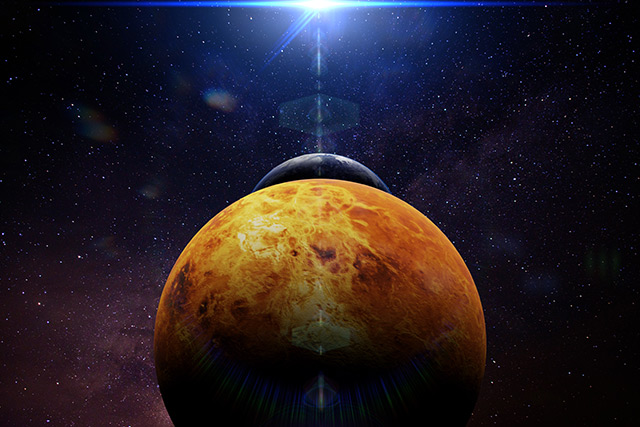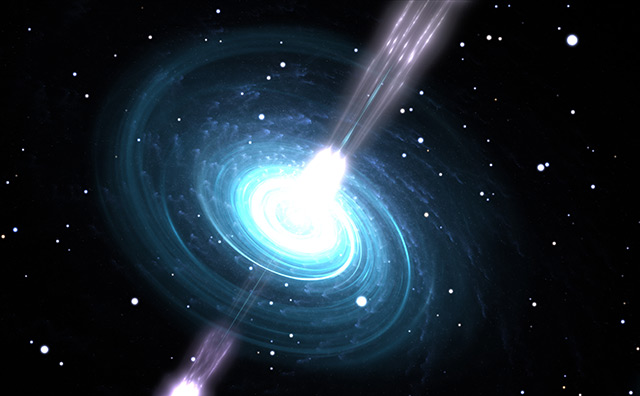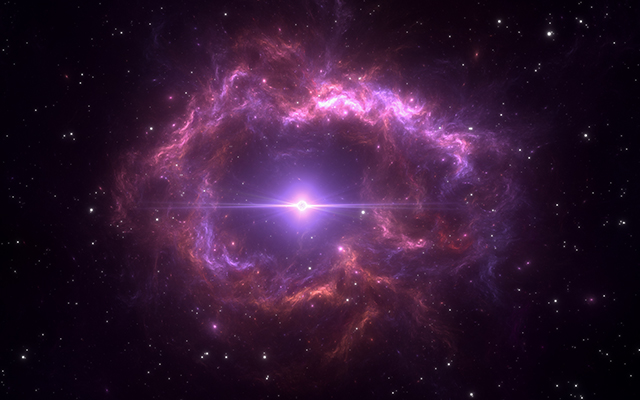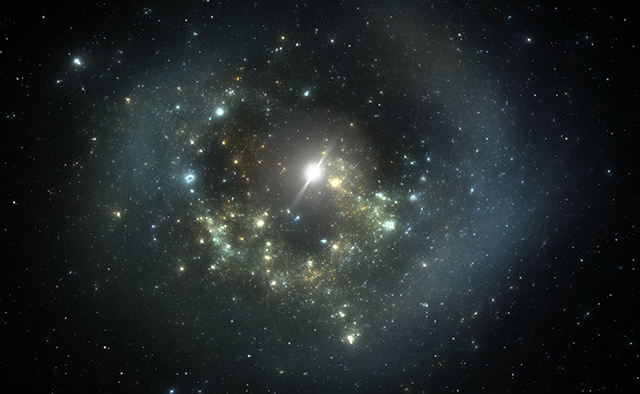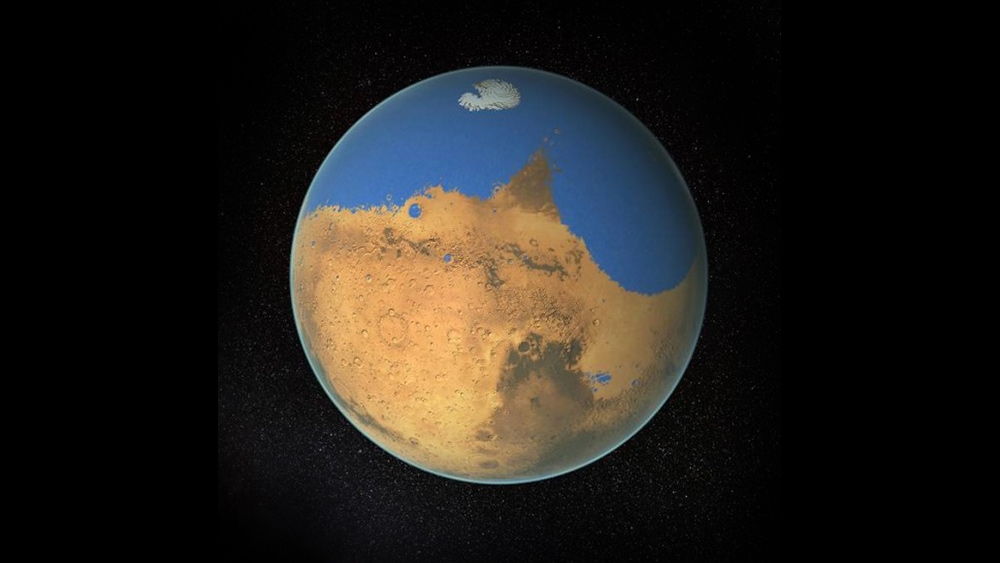Researchers take a closer look at how monster galaxies like XMM-259 form and “die”
09/08/2021 / By Ralph Flores
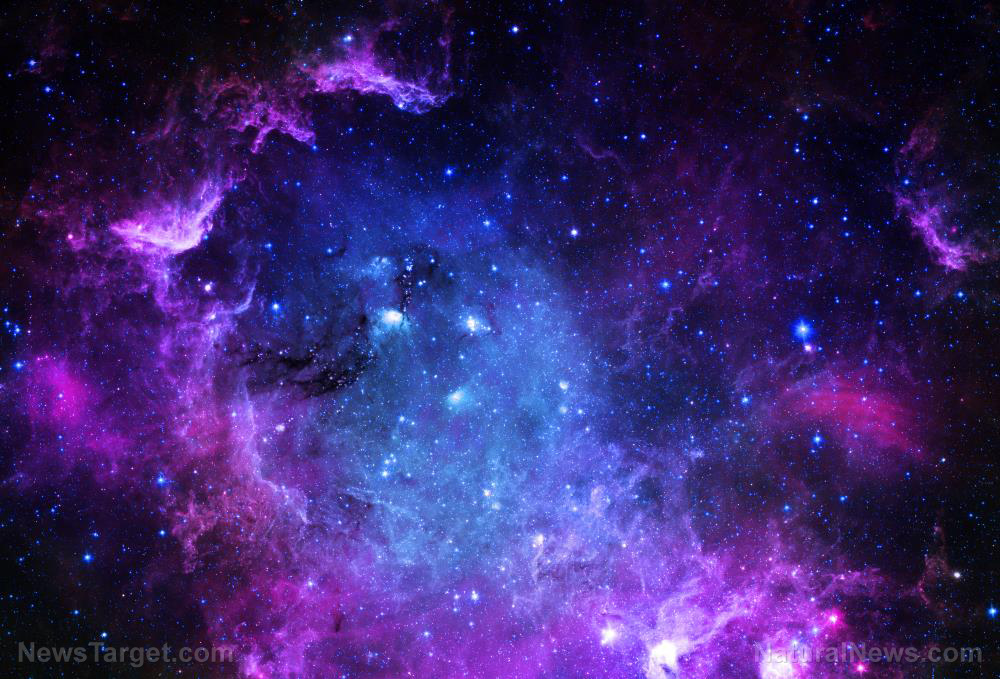
A team of researchers led by astronomers from the University of California, Riverside discovered an unusual monster galaxy that existed roughly 12 billion years ago, when the universe was 1.8 billion years old. In their report, which was published in The Astrophysical Journal, the scientists noted that galaxy XMM-2599 was still rapidly developing stars, even before dying.
“Even before the universe was 2 billion years old, XMM-2599 had already formed a mass of more than 300 billion suns, making it an ultramassive galaxy,” explained Benjamin Forrest, a researcher at UC Riverside and the lead author of the study. “More remarkably, we show that XMM-2599 formed most of its stars in a huge frenzy when the universe was less than 1 billion years old, and then became inactive by the time the universe was only 1.8 billion years old.”
The team took detailed measurements of XMM-2599 from the W.M. Keck Observatory’s powerful Multi-Object Spectrograph for Infrared Exploration, or MOSFIRE.
Very few galaxies had stopped producing stars at this stage, and none of them were as massive as XMM-2599, adds Gillian Wilson, a physics and astronomy professor at UC Riverside.
Ultramassive galaxies like XMM-2599 are already challenging to study, even if numerical models foresee them. These models, however, predict that these galaxies are actively generating stars – something that XMM-2599 isn’t doing. This could be caused by either an active black hole in the galaxy or a lack of fuel.
“The fact that XMM-2599 is no longer generating stars is intriguing, unexpected, and startling,” said Wilson. Based on the findings, she added that numerical models need to change to account for star production in earlier galaxies.
Scientists say that XMM-2599 created over 1,000 solar masses a year in stars during the peak of its activity. This is an extremely high rate of star formation; the Milky Way, in comparison, only produces around one new star a year. They suggested that the ultramassive galaxy may have come from a population of highly star-forming galaxies in the very early universe, something the new infrared telescopes have just picked up on. (Related: Space speeding: Astronomers are baffled by 39 ancient galaxies the Hubble could not see.)
What will XMM-2599 develop into?
The scientists admit that they don’t know the evolutionary history of the ultramassive galaxy. The team discovered XMM-2599 while inactive, so they aren’t sure of what has become of it in the present day. Given that it can’t lose mass, the researchers believe that it may attract nearby star-forming galaxies and become a “bright city of galaxies.”
This is a theory that co-author Michael Cooper, an astronomer at the University of California, Irvine, thinks is the most plausible. He says that after 11.7 billion years, the ultramassive galaxy XMM-2599 may be one of the brightest and most massive clusters of galaxies in the local universe. But, he also points out that the opposite may happen, that XMM-2599 could continue to develop in isolation.
“Or we could have a scenario that lies between these two outcomes,” he adds.
The team is still working at the Keck Observatory to look into the many questions raised by XMM-2599.
“We identified XMM-2599 as an interesting candidate with imaging alone,” explained Marianna Annunziatella, a researcher at Tufts University and co-author of the study. “We used Keck to better characterize and confirm its nature and help us understand how monster galaxies form and die. MOSFIRE is one of the most efficient and effective instruments in the world for conducting this type of research.”
Learn more about the universe at Space.news.
Sources include:
Tagged Under: ancient galaxies, astronomy, breakthrough, cosmic, discoveries, galaxies, massive galaxies, outer space, research, space, space exploration, universe
RECENT NEWS & ARTICLES
NewScienceReport.com is a fact-based public education website published by New Science Report Features, LLC.
All content copyright © 2018 by New Science Report Features, LLC.
Contact Us with Tips or Corrections
All trademarks, registered trademarks and servicemarks mentioned on this site are the property of their respective owners.



